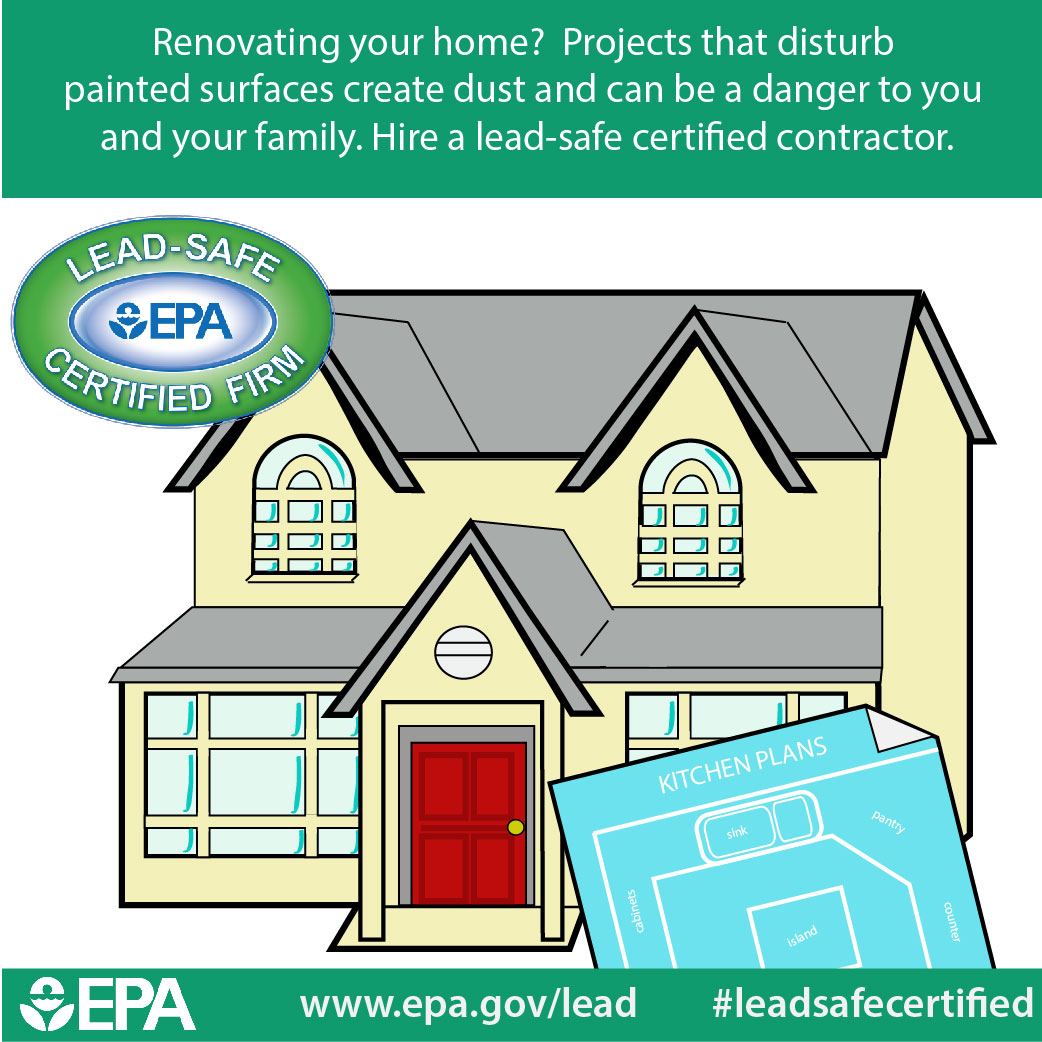Beneath The Surface Area Of Your Industrial Outside Painting Task Lies The Essential Duty Of Weather-- Uncover How It Can Make Or Break Your Outcomes
Beneath The Surface Area Of Your Industrial Outside Painting Task Lies The Essential Duty Of Weather-- Uncover How It Can Make Or Break Your Outcomes
Blog Article
Writer-Zhu Hsu
When you're preparing an industrial external paint task, don't ignore the effect of weather on your outcomes. You require to take into consideration factors like temperature, humidity, and precipitation, as they can make or break your paint job. For https://www.pressrepublican.com/news/joe-remillard-paints-his-way-home/article_c755445e-e733-11ec-b71e-3774a3950fb2.html , did you know that ideal problems call for specific temperature level ranges and moisture levels? Failing to keep track of these elements can cause irregular finishes or even damages to fresh paint. Recognizing these elements is essential to achieving a durable, specialist result. So, what certain climate condition should you be wary of?
Temperature Considerations
When it involves industrial exterior paint, temperature level plays a vital duty in the result of your job. If you're repainting in severe warmth, the paint can dry out also promptly, resulting in concerns like poor attachment and irregular finishes. You want to aim for temperatures in between 50 ° F and 85 ° F for the very best outcomes. Listed below 50 ° F, paint may not cure effectively, while above 85 ° F, you run the risk of blistering and splitting.
Timing your project with the appropriate temperatures is vital. Beginning your job early in the early morning or later in the afternoon when it's cooler, particularly throughout warm months.
Additionally, think about the surface temperature; it can be dramatically more than the air temperature level, particularly on bright days. Utilize a surface area thermostat to examine this before you start.
If temperatures are uncertain, watch on the weather report. Sudden temperature level decreases or warm front can derail your strategies. You don't want to begin painting only to have the problems change mid-project.
Humidity Degrees
Humidity levels dramatically influence the success of your commercial outside paint project. When the moisture is too high, it can impede paint drying out and healing, resulting in a series of problems like poor adhesion and end up top quality.
If you're planning a task during moist problems, you could discover that the paint takes longer to dry, which can expand your job timeline and boost expenses.
Alternatively, reduced humidity can also present difficulties. Paint might dry too rapidly, avoiding correct application and causing an unequal finish.
You'll want to keep track of the moisture degrees carefully to ensure you're functioning within the suitable array, typically between 40% and 70%.
To obtain the very best results, take into consideration making use of a hygrometer to gauge humidity before beginning your job.
If you find the levels are outside the optimal variety, you might need to readjust your schedule or select paints made for variable problems.
Always speak with the producer's standards for certain recommendations on humidity resistance.
Rainfall Impact
Rain or snow can significantly interrupt your industrial outside painting plans. When rainfall happens, it can get rid of newly used paint or develop an irregular coating. Preferably, you wish to select days with completely dry climate to make sure the paint adheres effectively and remedies successfully. If you're captured in a rain shower, it's best to halt the job and wait on problems to improve.
Furthermore, snow can be much more damaging. interior house painting minnetonka does it develop a damp surface, yet it can additionally lower temperatures, making it tough for paint to dry. This can lead to concerns like peeling off or blistering down the line.
It's vital to check the weather forecast before beginning your job. If rainfall or snow is anticipated, take into consideration rescheduling.
Constantly bear in mind to allow appropriate drying time in between layers, specifically if the weather stays unpredictable.
Conclusion
Finally, watching on the weather condition is necessary for a successful business external painting job. By keeping track of temperature, moisture, and precipitation, you can make certain the best problems for application and curing. Remember to plan your job around desirable weather condition and always comply with producer standards. With the right strategy, you'll attain a durable, lovely surface that can withstand the aspects. Do not allow the weather capture you unsuspecting-- remain informed and paint wise!
